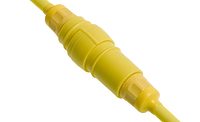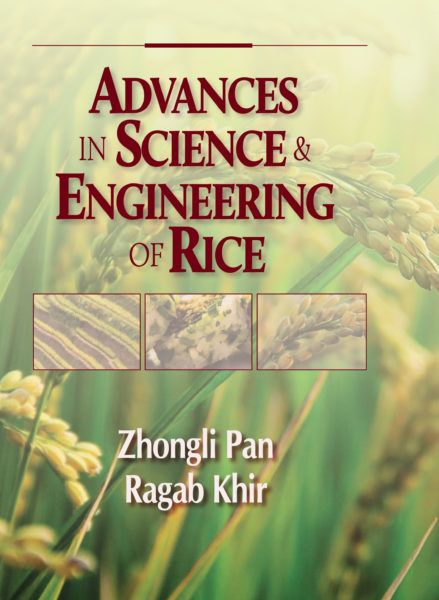Sanitary ribbon blender helps processor meet GMP and HACCP standards


|
|
Munson Model HD-3 1/2-7-SS horizontal ribbon blender blends materials of widely varying bulk densities. The blender occupies its own sanitary room to minimize cross-contamination and comply with GMP, HACCP and other standards. (Inset): A stainless steel, split double helical agitator subjects every particle of material to agitation. Source: Munson Machinery. |
Versatile and easy to clean blender saves changeover time and increases production output.
Quality Custom Blending Ltd. is a family-owned and operated business specializing in the custom blending of dried powdered food products, including drink crystals, rice products, pastry/dough improvers and various powdered blends for the food and beverage industry. Founded in 1976, the company has grown to become a major supplier to US, Canadian, European and Asian food companies from its two locations in Trenton and Mississauga, ON.
For more information:
Looking for a reprint of this article?
From high-res PDFs to custom plaques, order your copy today!










